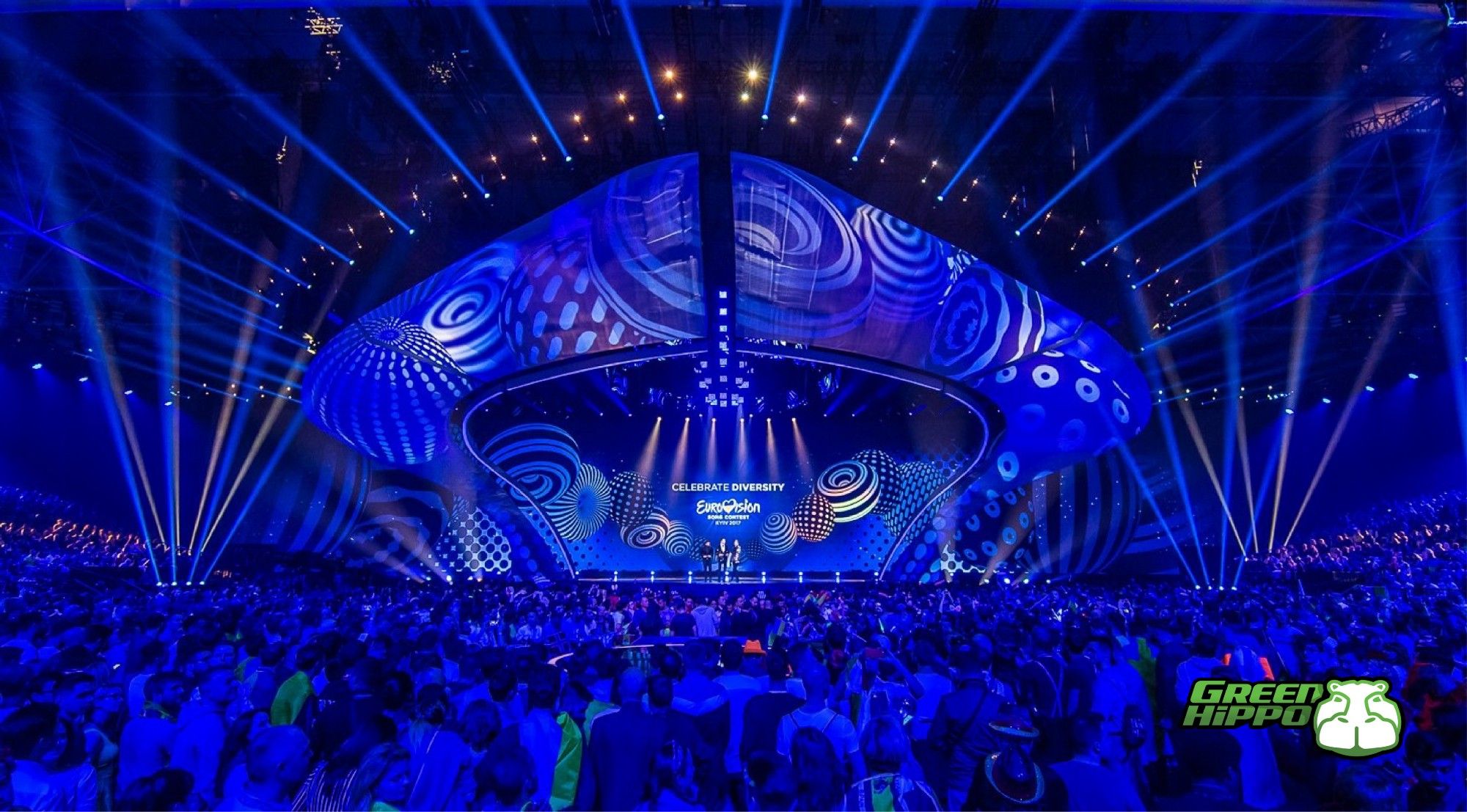Video SDK: new ingest options for Green Hippo's media servers

London-based Green Hippo manufactures media servers—video playback devices for the live entertainment and broadcast industries. We sat down with Nigel Sadler, Special Projects Director, to discuss how our codecs engine has helped him make their product easier to operate for the end users.
The Green Hippo servers target three distinct markets: the big screens at festivals and concerts (the live concert arena market)—such as the recent Nature One Festival in Hasselbach, Germany; screens and panels behind performers on big TV shows—such as The X Factor and the Got Talent franchise; and finally the theme parks market, where Green Hippo has gained notable expertise in building projection mapping.
Nigel says reliability is of most importance to his customers:
In a way, nearly everything we do involves either hundreds of thousands of viewers or thousands of people turning up in an arena. So, not working is not an option, because that means canceling the show.
The other important aspect is the support and training the company provides to its end users. And while training, according to Nigel, is one of the most expensive and time consuming things in the industry, it is directly tied to whether or not the system is easy to use.
So, if it’s easier to train, if it’s easy to use, then that saves money, it saves time, and it gets better results.
This brings us to the reason why the Medialooks Video SDK was brought in to help with the ingest process. Green Hippo has a component called Media Manager which is responsible for helping users import files into the system, convert them to the correct format, scale them if they’re the wrong size or the wrong shape, and then distribute the files to the video servers. As Nigel puts it, it heads up the import process:
Medialooks gives us the ability to load any type of file that we want—any type of video file or audio file or image sequence, be able to decode that and then encode those files into the specific formats that are further required. We were one of the first companies anywhere to provide the user with a totally automated media ingestion system.
Users no longer needed to worry about creating files in a particular format with specific settings—instead, they could upload any files they wanted, while the automated decoding and encoding system would take care of the rest. Definitely easier to use and less training needed!

Nigel explained that, for this specific application, it just wasn’t practical to do it in house; it’s too much work to be able to maintain a massive library that supports dozens and dozens of video file formats and codecs. So, the goal was to find a third-party solution that could deal with ensuring that it was always possible to load basically any type of file into the media server.
We achieved what we needed to. Every single piece of media that’s ever been brought into a Hippotizer anywhere around the world has gone through Medialooks.
In the very early days, Nigel experienced a few issues with some of the lesser known codecs, but those issues were reported to our team, and the problems were fixed.
And, like I said earlier, we became the first product to be able to import any type of video into the system. And, in doing so, we gained a massive advantage over the competition because it made our system so easy to use; you could take any media and know that it was going to work. Up until a few years ago, nobody else could do that.
Finally, here’s how Nigel described our SDK:
I would say it’s a painter's toolbox for video processing. It’s a full kit of paints and paint brushes for making video tools.
